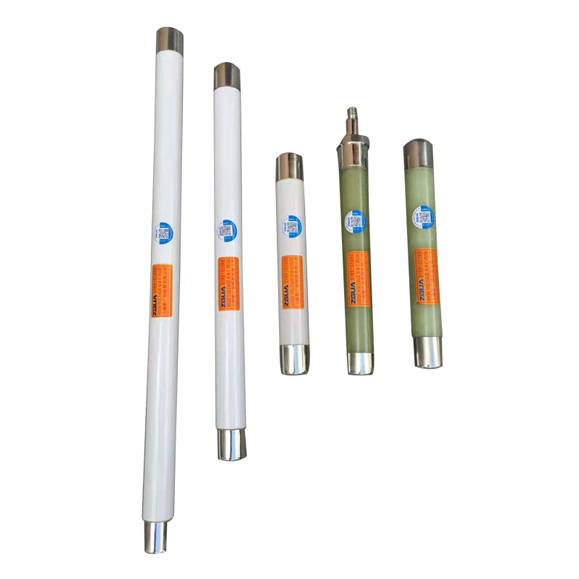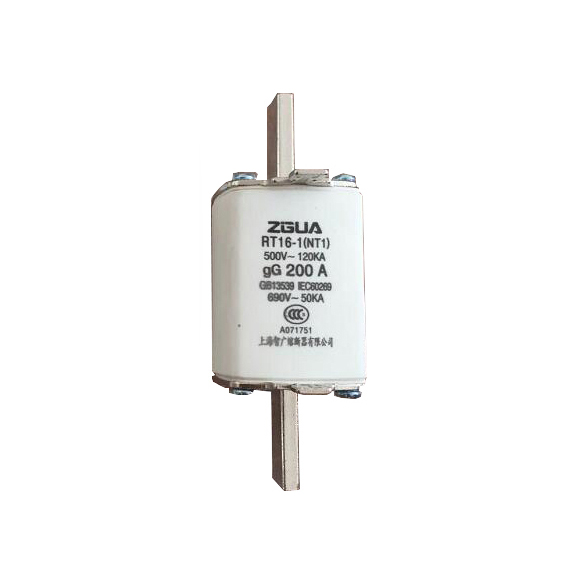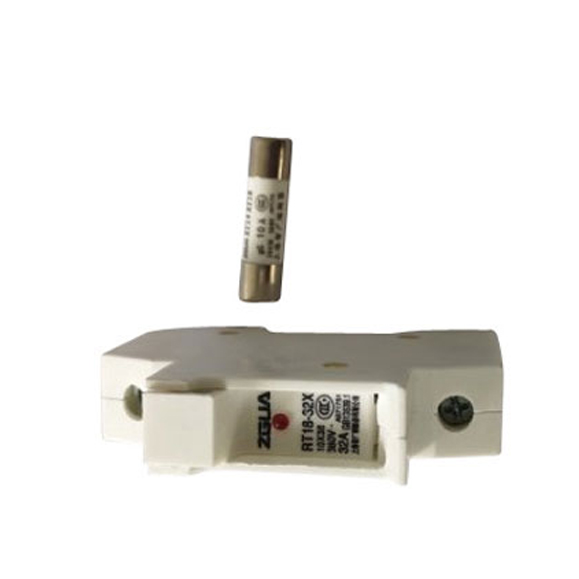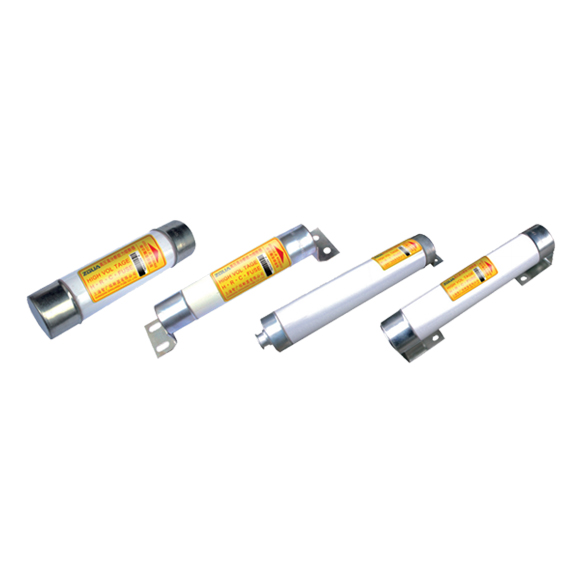Do you know the breaking capacity of the fuse?
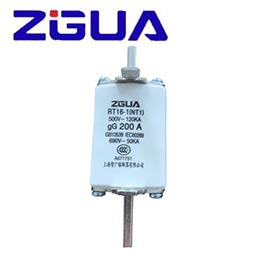
When the current between the conventional non-fusing current and the rated breaking capacity (current) specified by the relevant standards is applied to the fuse, the fuse should operate satisfactorily without endangering the surrounding environment. The expected fault current of the circuit where the fuse is placed must be less than the rated breaking capacity current specified by the standard. Otherwise, when the fuse is blown in the fault, there will be continuous arcing, ignition, blown fuse, melted together with the contact, and the fuse mark cannot be recognized, etc. phenomenon. Of course, the breaking capacity of inferior fuses does not meet the requirements of the standard, and the above-mentioned hazards will also occur during use.
classification
According to the protection form, it can be divided into: overcurrent protection and overheating protection. The fuse used for over-current protection is the usual fuse (also called current-limiting fuse). The fuse used for overheating protection is generally called "thermal fuse". Thermal fuse is divided into low melting point alloy type, temperature-sensitive trigger type, memory alloy type, etc. (Thermal fuse is to prevent heating appliances or heat-prone appliances from overheating and protect them, such as: hair dryer, electric iron, rice Pots, electric stoves, transformers, motors, etc.; it responds to the rise in temperature of electrical appliances and does not care about the working current of the circuit. Its working principle is different from "current limiting fuse").
According to the scope of use, it can be divided into: power fuses, machine tool fuses, electrical instrument fuses (electronic fuses), and automobile fuses.
According to the volume, it can be divided into: large, medium, small and micro.
According to the rated voltage, it can be divided into: high voltage fuse, low voltage fuse and safety voltage fuse.
According to the breaking capacity, it can be divided into: high and low breaking capacity fuses.
According to the shape, it can be divided into: flat-head tubular fuses (also can be divided into internal welding fuses and external welding fuses), pointed tubular fuses, guillotine fuses, spiral fuses, blade fuses, flat fuses, wrap-around fuses Fuses, chip fuses.
According to the fusing speed, it can be divided into: super slow fuse (usually represented by TT), slow fuse (usually represented by T), medium-speed fuse (usually represented by M), fast fuse (generally represented by F), special Fast fuse (usually represented by FF).
According to the standard points, it can be divided into: European standard fuse, American standard fuse, and Japanese standard fuse.
According to the type, it can be divided into: current fuse (chip fuse, miniature fuse, blade fuse, tubular fuse), thermal fuse (RH[square type], RP[resistance type], RY[metal shell]), self-recovery Fuse (plug-in, lamination, patch).
According to the size, it can be divided into: patch type 0603, 0805, 1206, 1210, 1812, 2016, 2920; non patch type Φ2.4×7, Φ3×7, Φ3.6×10, Φ4.5×15, Φ5 .0×20, Φ5.16×20, Φ6×25, Φ6×30, Φ6×32, Φ8.5×8, Φ8.5×8×4, Φ10×38, Φ14×51.
Resettable fuse
Low zero power resistance: The self-resetting fuse has low impedance, low power loss during normal operation, and low surface temperature.
Over-current protection is fast: Due to its own material characteristics, the response speed of the over-current state of the resettable fuse is much faster than other over-current protection devices.
Self-locking operation: The resettable fuse is in the over-current protection state and locked in the high-impedance state with a very small current. Only after the power supply is cut off or the over-current disappears, the low-impedance state will be restored.
Automatic reset: The resettable fuse resets itself after it has over-current protection (trouble shooting), and does not need to be replaced.
High current resistance: self-resetting fuses have excellent high current resistance, and some specifications can withstand 100A current impact.
Application: PPTC has a wide range of applications, which can be used in various electronic products, communication products, power supplies, etc.

 English
English 中文
中文 Pусский
Pусский Français
Français Español
Español
